The esports and gaming industries haven’t been unscathed by the COVID-19 pandemic. The global public health disaster has forced the cancellation of events and delayed the release of many games. But the Legends of Runeterra team at Riot Games worked through the pandemic, releasing the game from public beta at the end of April.
For Jeff Jew, the game’s executive producer, that alone is a major accomplishment.
“I’m really proud that our team has been able to rally through the quarantine and launch the game during this once in a lifetime situation,” Jew told Dot Esports. “Adjusting to working from home while continuing game development was a tall order. But the team has done an amazing job.”
While League of Legends and Hearthstone both had a strong local scene from many LAN cafes across the country or tournaments and events held at Microsoft Stores, the pandemic understandably put all of those events at these venues on hold.
“We had several in-person events planned for the launch that we had to cancel,” Jew said. “But we’d certainly like to pursue similar opportunities in the future.”
With the game’s official launch and new card releases that are happening every three or four months at the moment, the LoR community at large is looking toward what the rest of the future of the game could be. In regard to this, popular figures in the LoR community wonder what the release rate of potential game modes, and any teasers for those modes, might be. New game modes and different ways to play card games are key to helping generate excitement among any CCG community.
“We’re developing new competitive and alternate game modes currently, but their cadence may or may not match up with those of sets,” Jew said. “We’re going to learn a lot from the launch of Rising Tides, and I wouldn’t be surprised if we adjust our approach to ensure we’re delivering content and features in the best manner possible for players.”
While Jew didn’t rule out any formats or game modes, he did express his excitement for what’s beyond the horizon.
“I wish I could [talk about what’s in development],” Jew said. “We’re still developing the new game modes, and they’re not set in stone yet. We’ve received a lot of feedback players would love more competitive and single player modes, and as a player I’d love to see us build those too. I think League has done an amazing job of testing the waters with a variety of different modes, and keeping the ones that resonated.”
He also teased potential higher stakes and varying challenge modes. “I expect to see us create modes that break the existing deck building rules,” Jew said. “Or modes with even higher stakes than ranked in the future.”
Outside of big releases and tournaments, LoR’s viewership on Twitch has been on a downward trend when compared to Riot’s other newest game, VALORANT, or other popular CCGs like Magic: The Gathering or Hearthstone.
But Jew doesn’t see streaming as the end-all-be-all for determining a game’s success.
Streaming, Jew said, is a “valuable part of our ecosystem,” but it isn’t one of the “one of the major metrics of success” his team tracks—and that’s especially true given the game is still in beta. The drop off, he said, “was related to [Riot’s] initial business model, where [they] limited the amount of Wildcards players could purchase each week.”
Jew said that the team had entirely updated and improved its progression systems.
“It’s a great time to jump in and playtest all the cool content that’s coming with Rising Tides,” Jew said.
A few things the community has been clamoring for are quality of life features like spectator mode and changing deck covers. Jew said that spectator mode is on the “roadmap.”
“We know it’s essential to have for supporting esports, community events, creators, etc,” Jew said. “I can’t commit to a date right now but we’ll be sharing more information on our post-launch roadmap after launch.”
In any digital card game, development and programming can take a long time and it could be difficult to make certain cards function correctly.
“One of my favorite examples is the earlier versions of Teemo,” Jew said. The basic idea for him was always consistent—put shrooms in your opponent’s deck. One of the issues was that he put actual shroom cards in your deck for a while (now he attaches them to cards in your deck), which definitely caused some problems.”
And there were other problems that arose from different iterations. “For a while after we first got shroom animations into the game, they wouldn’t cut off when your Nexus hit zero, so we sometimes saw huge piles of shrooms that would keep pinging you one by one after you’d already lost,” Jew said. “We obviously had to fix that, but it did seem pretty appropriate for Teemo.”



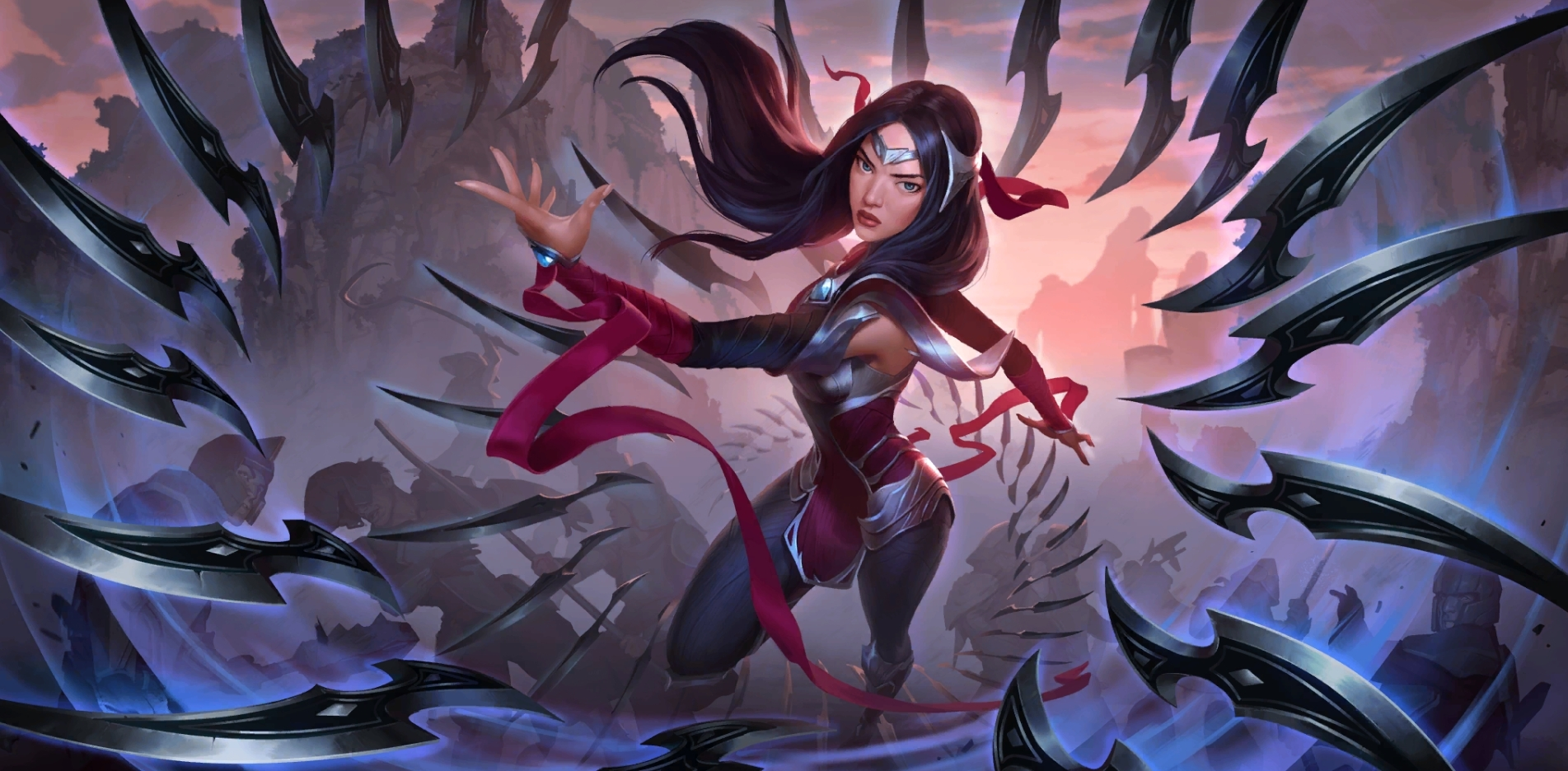
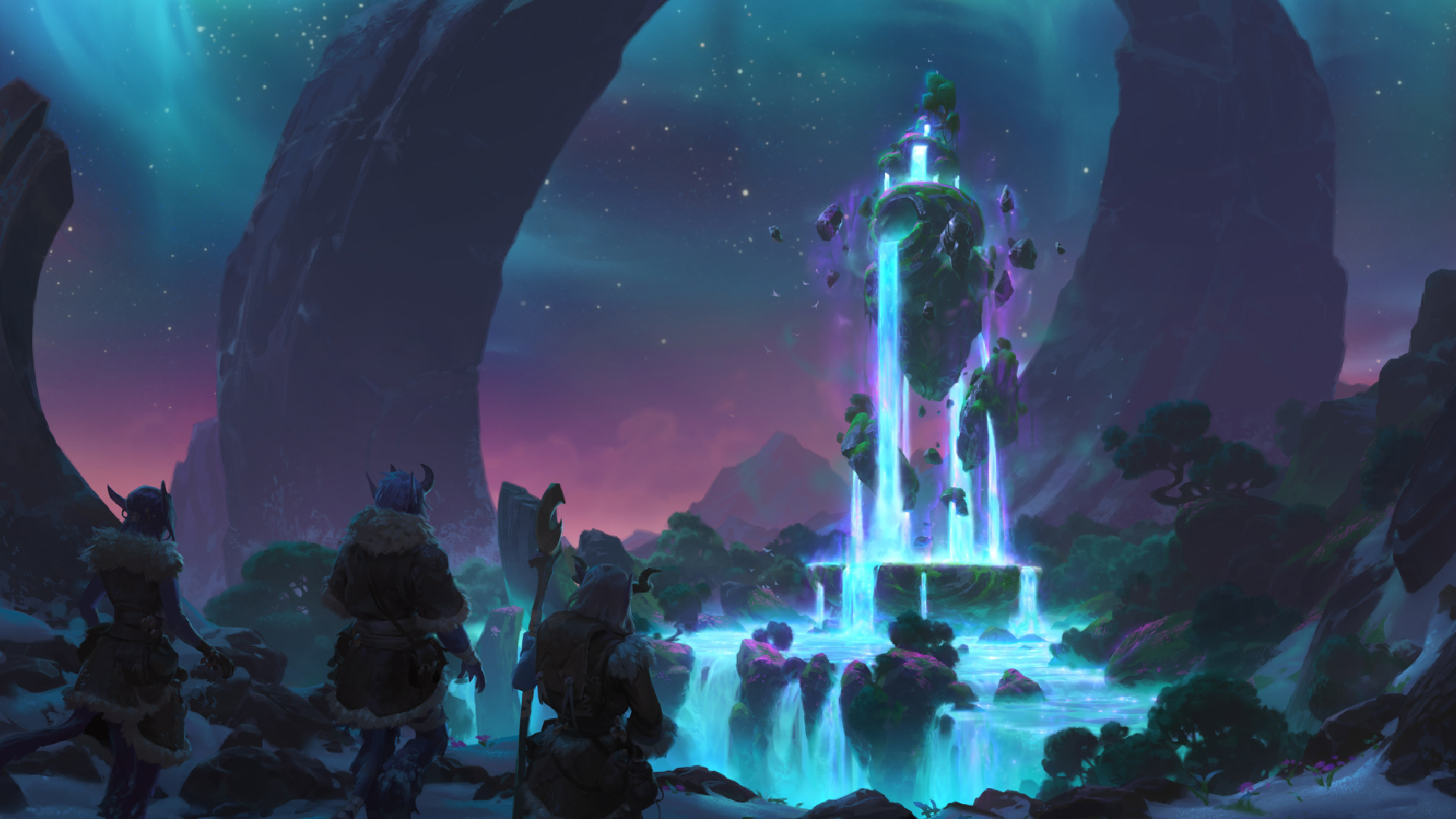
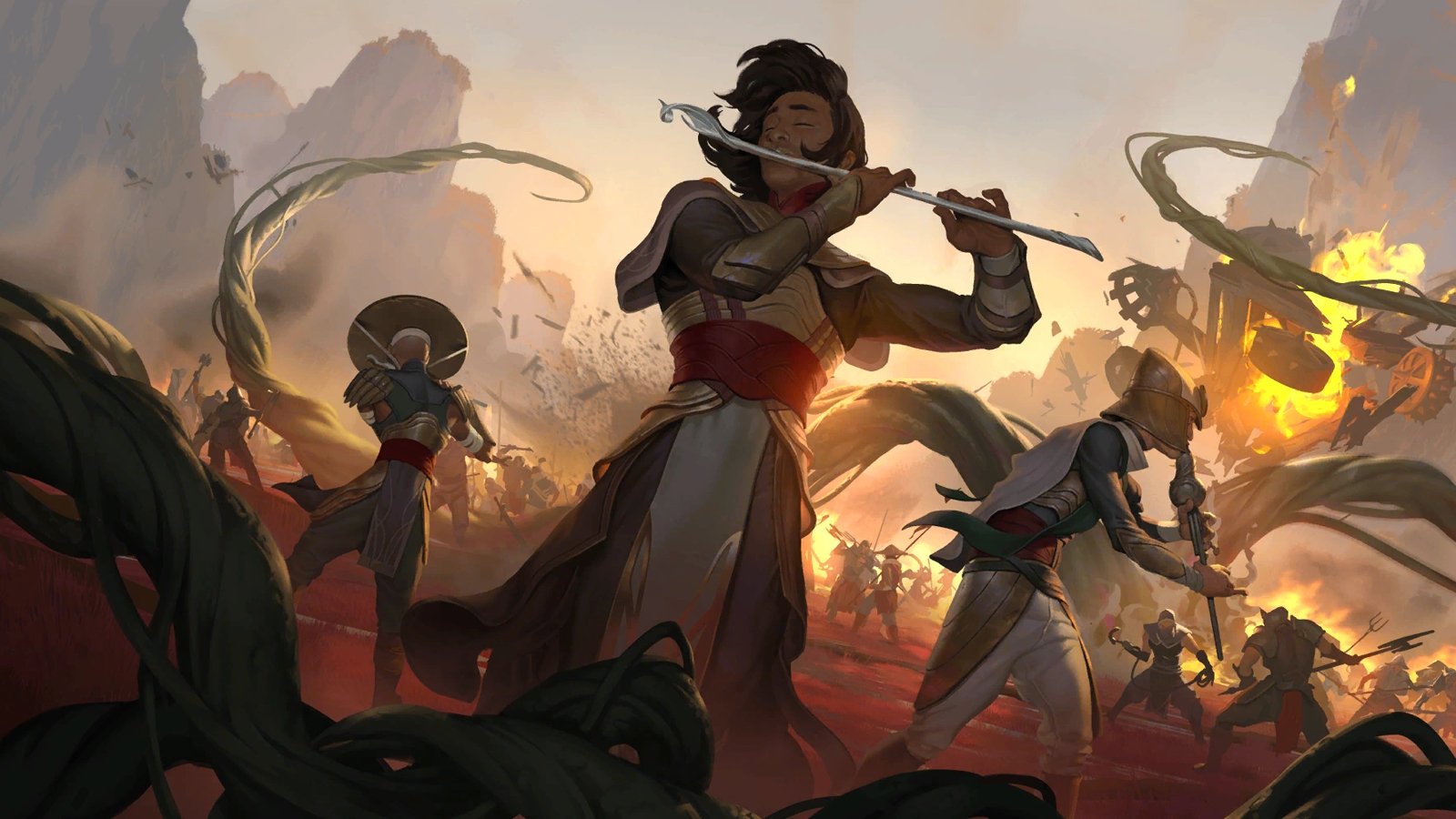
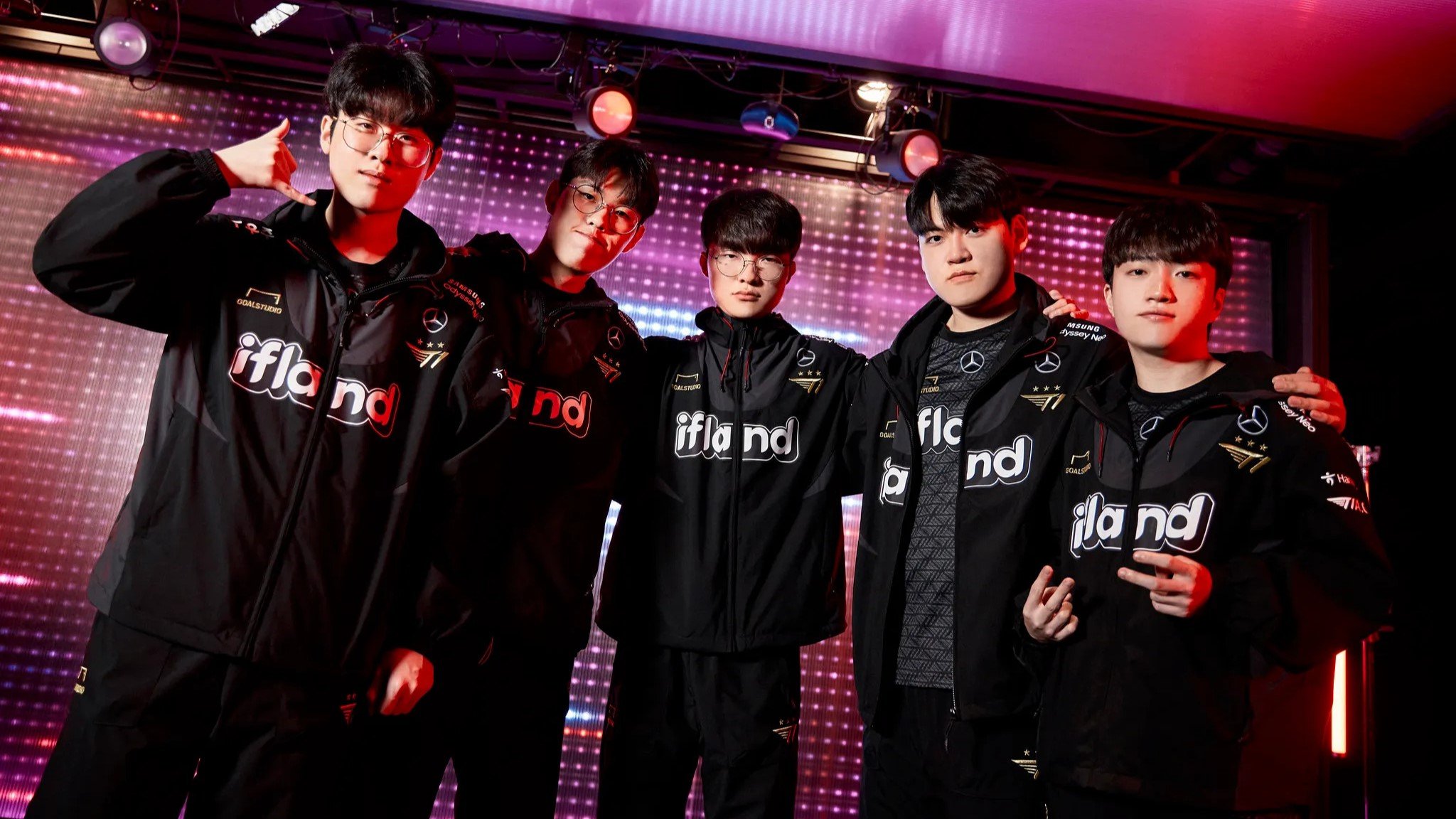

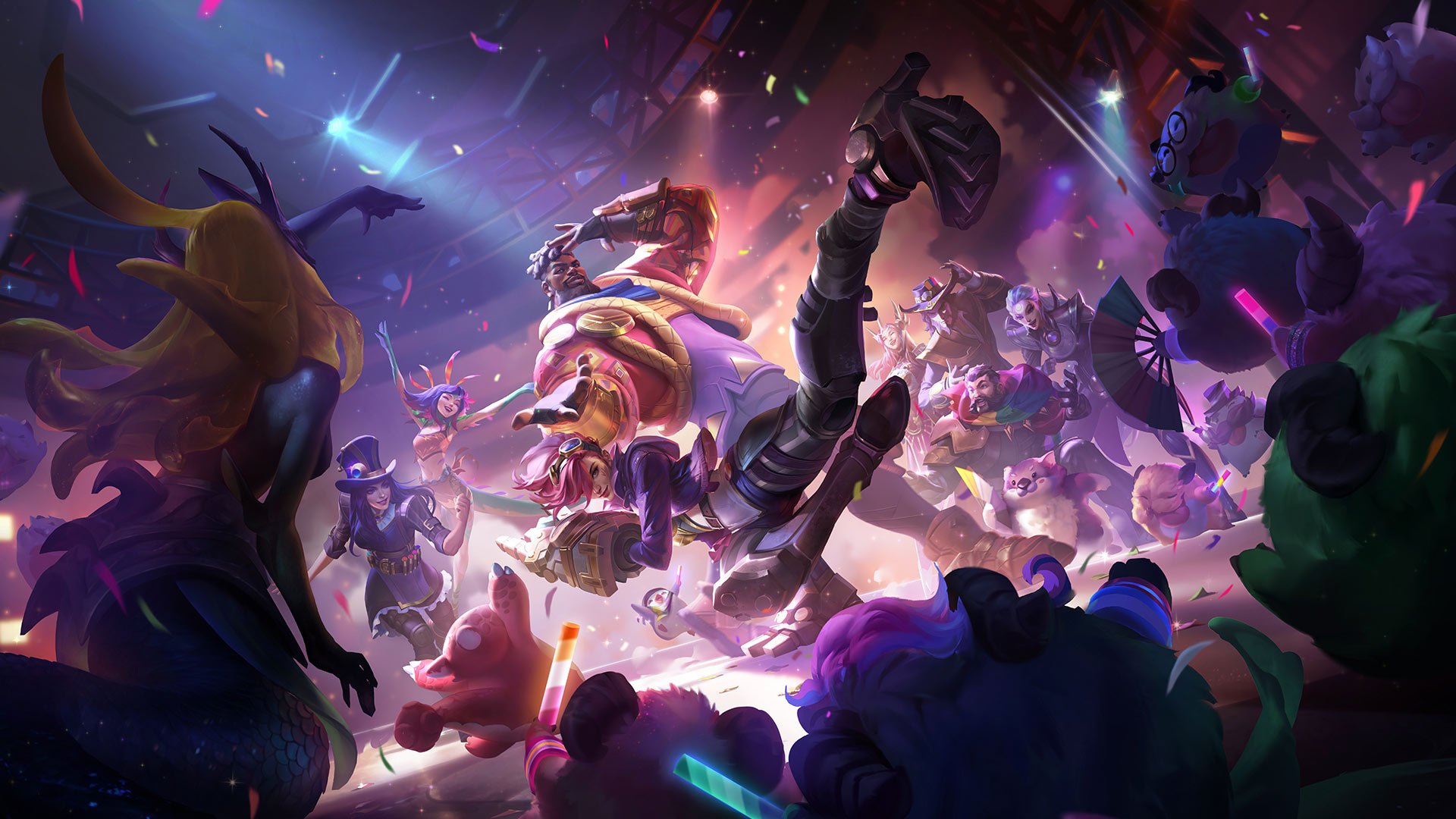
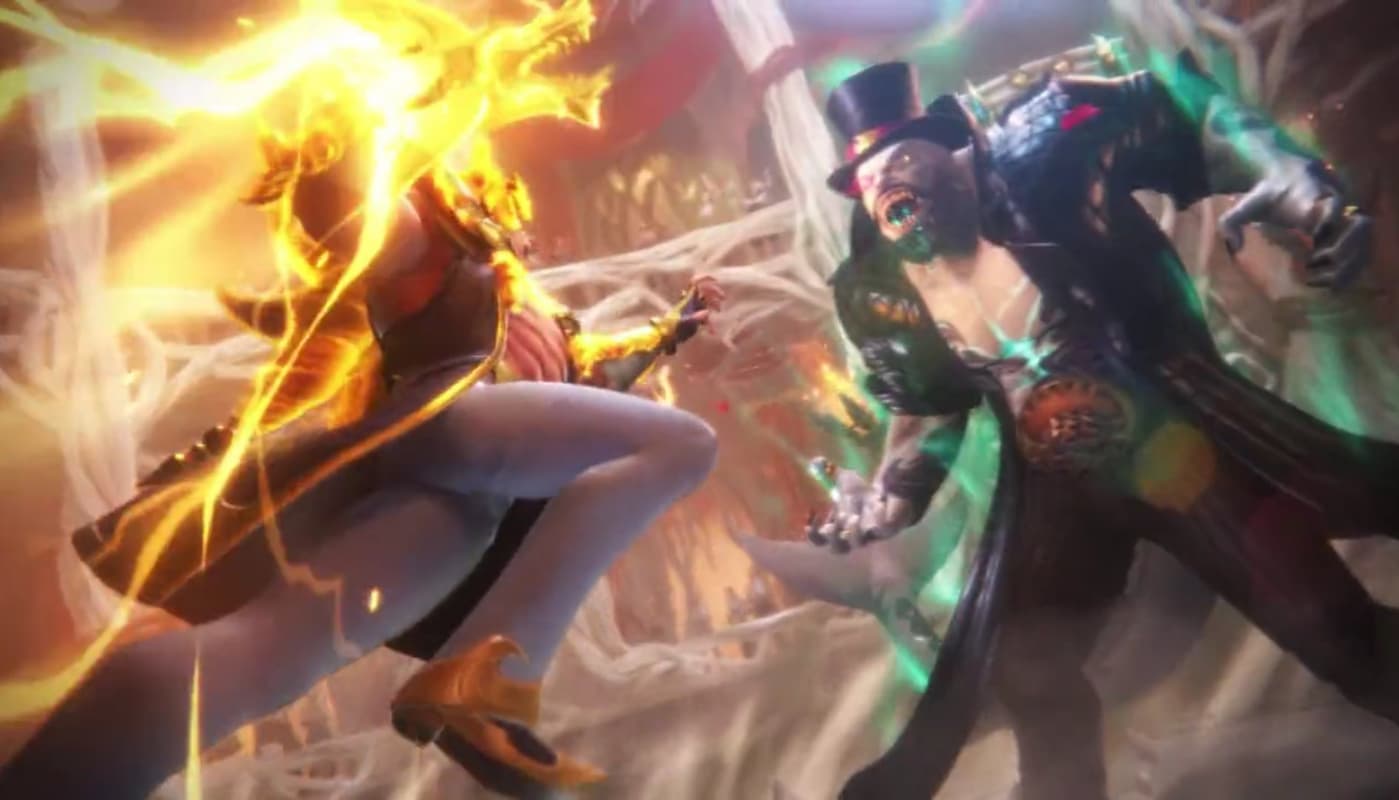
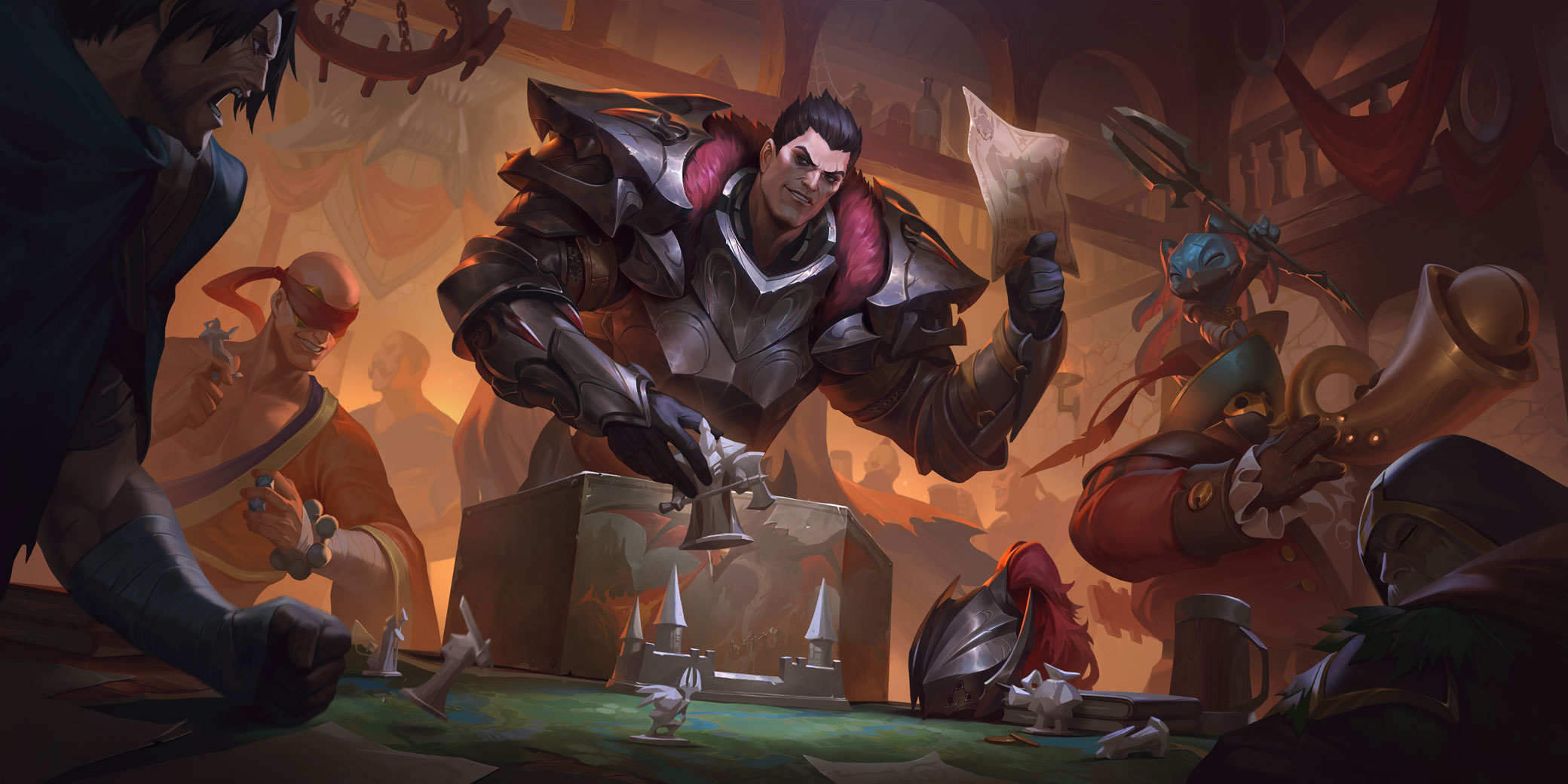


Published: May 4, 2020 10:35 am